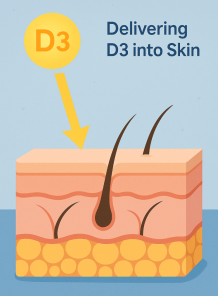7-dehydrocholesterol (Pure Powder)
Cosmetics
Code: 127717
a precursor of the skin in creating Vitamin D3
Cart
No products
Subtotal:
0.00
Total
0.00
THB



